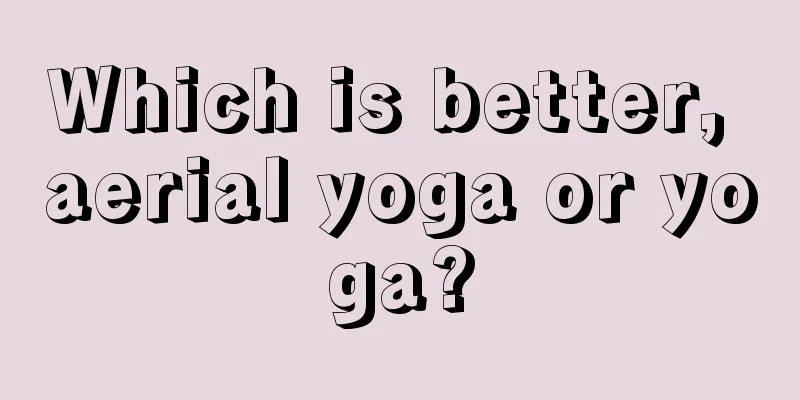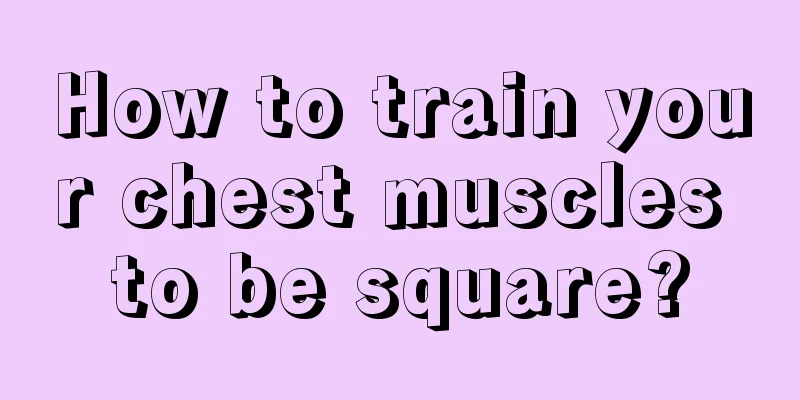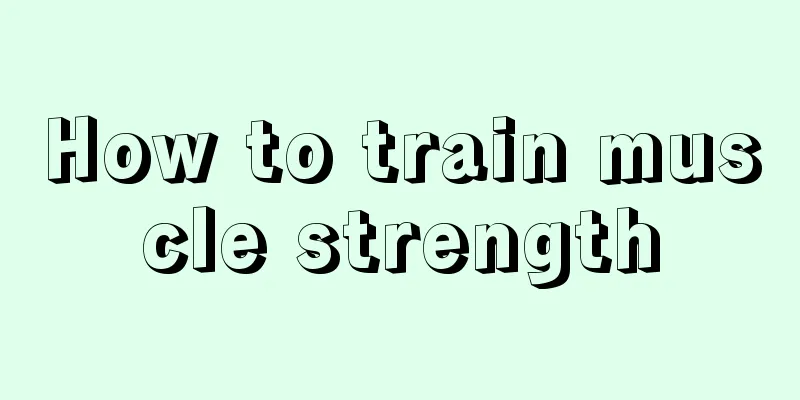Which is better, aerial yoga or yoga?

|
Most people know very little about yoga and only know the basics of yoga. But once you start to understand this sport, you will find that yoga covers a wide range of content. For example, yoga is divided into several types, including aerial yoga, low-altitude yoga, yin yoga, etc. Those who have the physical conditions can choose to do aerial yoga. The following introduces the difference between aerial yoga and ordinary yoga. The difference between aerial yoga and yoga: Aerial yoga movements and ground movements are not independent of each other, but with the assistance of aerial yoga, classic ground yoga poses can be completed more easily and effectively. Aerial yoga is suitable for beginners, and everyone learns from beginners, but it is best to have a professional coach. It is possible to practice aerial yoga even if you have no basic knowledge. The threshold for aerial yoga is not that high. Practice is a gradual process. Aerial yoga is divided into low altitude, medium altitude and high altitude. People with no basic knowledge can lay a solid foundation at low altitude and then gradually enter medium altitude and high altitude practices. Who is not suitable for aerial yoga? 1. People with osteoporosis Some yoga poses require you to use your hands or feet to support your body weight. If you suffer from osteoporosis, it is very likely that your core muscles are not well trained, which may cause fractures when you support your elbows. 2. Patients with spondylolisthesis When practicing the "Sun Salutation", the practitioner must bend the waist downward. People with spondylolisthesis may experience vertebral slippage again due to this movement. People with herniated disc may also suffer from more severe nerve compression in the lower limbs due to careless bending. 3. Epilepsy and cerebral cortex damage Many yoga movements involve stretching the neck. If you have epilepsy or damage to the cerebral cortex, bending forward and backward to massage the neck may induce an epileptic seizure. 4. Emotional fluctuations are not suitable Yoga is an exercise that requires the coordination of the body, mind and spirit. If you are angry, anxious or nervous, your muscle groups are tense and it is best not to practice yoga to avoid injury. Only when your muscles are soft can you practice yoga more healthily and safely. 5. People with high intraocular pressure It is not recommended to practice a headstand with your feet upside down. Yoga instructors say that forward bending or handstands will increase intraocular pressure, so people who already have high intraocular pressure are not suitable for practicing yoga. |
<<: What are some yoga moves to train your abs?
>>: How long after giving birth is it best to practice yoga?
Recommend
When is the best time to practice yoga?
When is the best time to practice yoga? Nowadays,...
What to eat after fitness
In fact, what to eat after fitness needs to follo...
Yoga exercises for slimming legs
Yoga exercises are more effective for slimming le...
The pros and cons of rampage
Rampage is a very intense yet simple outdoor spor...
What kind of sports are good for boys?
Girls don't like the sports that boys do, and...
Is there a relationship between aerobic exercise and sexual function?
Nowadays, many people pay more attention to healt...
When is the best time to exercise in summer?
Fighting on the battlefield requires the right ti...
What kind of exercise is suitable for thin people
In daily life, there are many thin people who sit...
How to get rid of belly fat?
Nowadays, many male friends are very troubled by ...
Can I eat before hiking?
With the improvement of people's living stand...
Which is better for losing weight: skipping rope or running?
Obesity has always been a problem that female fri...
How can fitness help you lose weight on your face?
For some women who love beauty, having a round fa...
5km running tips
Five kilometers of technical running can help the...
Are fat burning machines useful?
Perhaps in today's life, there are various wa...
Can practicing yoga help you lose weight?
Yoga is currently a very suitable sport for men, ...









